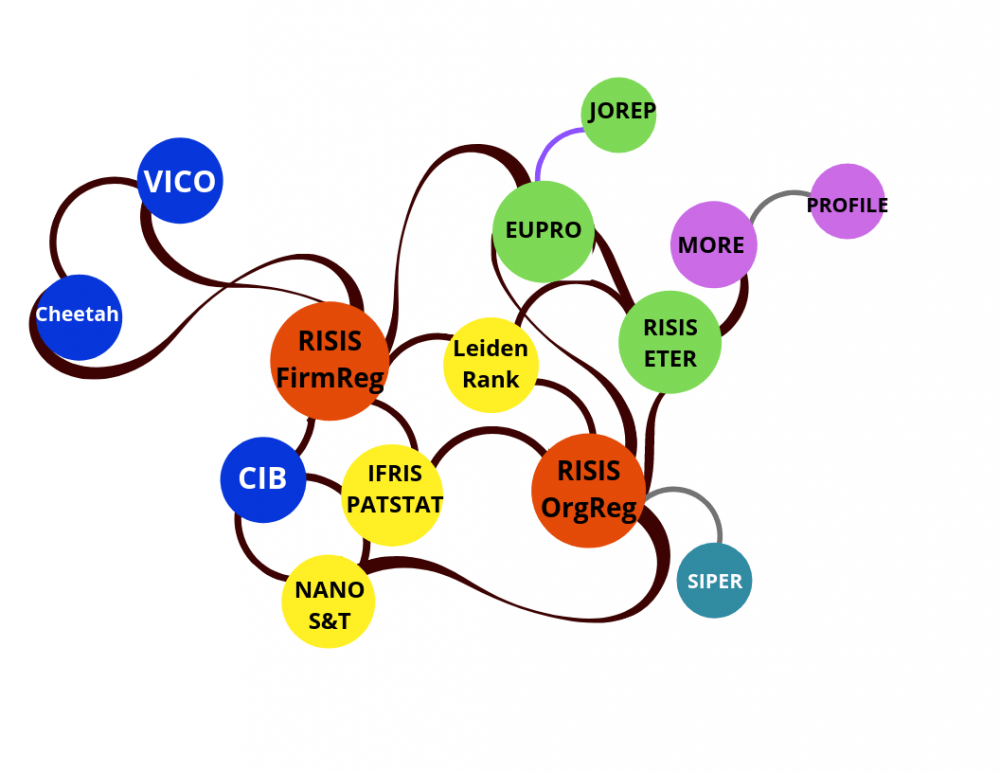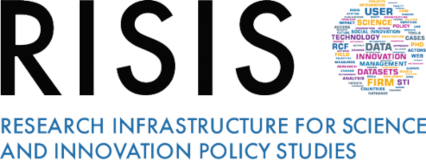Which is the structure of RISIS?
RISIS contains 12 datasets that will integrate with four new datasets dealing with important lasting research and policy issues:
- Three datasets concern world largest firms (CIB2), European venture capital (VICO) and fast growing mid-sized firms (Cheetah);
- Two datasets deal with European trans-border programmes (EUPRO e JoREP);
- One Register on European public research actors, ORGREG, which serves as repository, on universities, PROs and university hospitals;
- Output datasets of knowledge dynamics enrich for analysis at actor and metropolitan area levels: two datasets of Publications and Patents (CWTS Publications Database and RISIS Patent, respectively), with a demonstrator dataset for the study of emerging technologies (NANO S&T);
- One dataset, RISIS-ETER an extension of the European Tertiary Education Register (ETER) database with additional data on additional variables particularly concerning research output (EU-FP participations from EUPRO, scientific publications from CWTS publications database, patents from RISIS Patent).
- Other two datasets have been focused on “PhD and careers” (PROFILE and MORE), and will be complimented by a dataset on non-academic PhD careers;
- A database on science and innovation policy evaluations (SIPER) is linked to the OECD-World Bank IPP platform, and it will be enhanced by a dataset on effective portfolios of public founding instruments on research and development.
The implementation of new datasets concerns on four relevant key issues for research and policy: social innovation, non-technological innovation, the role of PhDs in society, portfolios of public funding instruments. In particular, EFIL on public funding instruments, ESID on social innovation, and TM Trademark on trademarks.

Figure shows the intensity of RISIS datasets interlinking: links are based on harmonization of actor and/or geography; node size corresponds to the number of links






